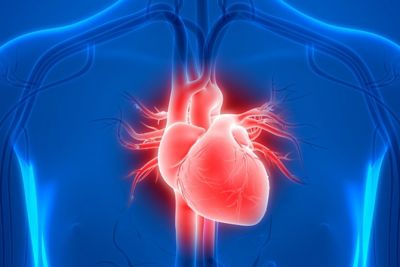Modeling Cardiac Electrophysiology using LS-DYNA
Heart disease remains a leading cause of death in Western countries, underscoring the importance of understanding cardiac function for effective treatment. Computational models of the heart offer valuable tools for biomedical research, enabling the simulation of cardiac behavior to study disease mechanisms, support diagnosis, and aid in therapy planning. Ansys aims to simulate the heart's pumping function in LS-DYNA by integrating its three key components: electrical activity (electrophysiology or EP), mechanical deformation, and blood flow.
Although heart function is inherently multiphysics, computational models that focus on a single component can offer valuable insights. In particular, electrophysiology plays a critical role, as cardiac rhythm is almost always implicated in heart disease.
In this presentation, we will explore how modeling and simulation of electrophysiology can support clinicians and industry in developing more effective therapies. We will begin with an overview of cardiac electrophysiology, followed by key modeling techniques and features. Finally, we will demonstrate how these models are integrated into automated workflows in three contexts: ventricular arrhythmia, cardiac resynchronization therapy, and drug-induced cardiotoxicity.
